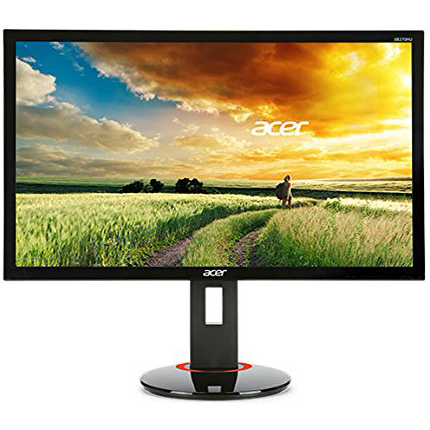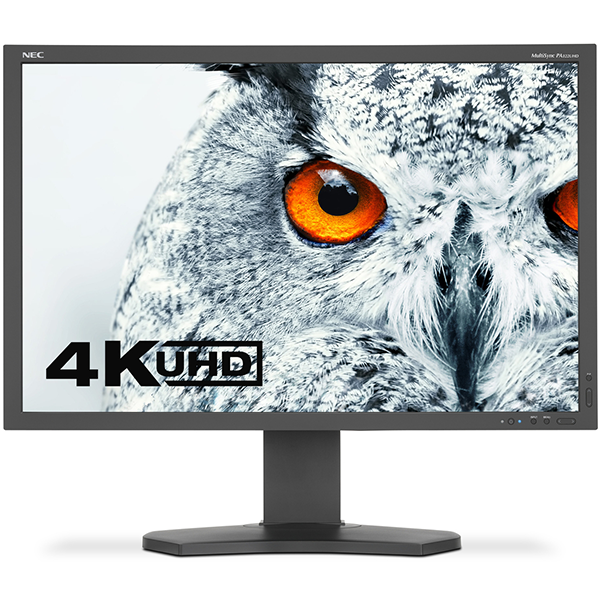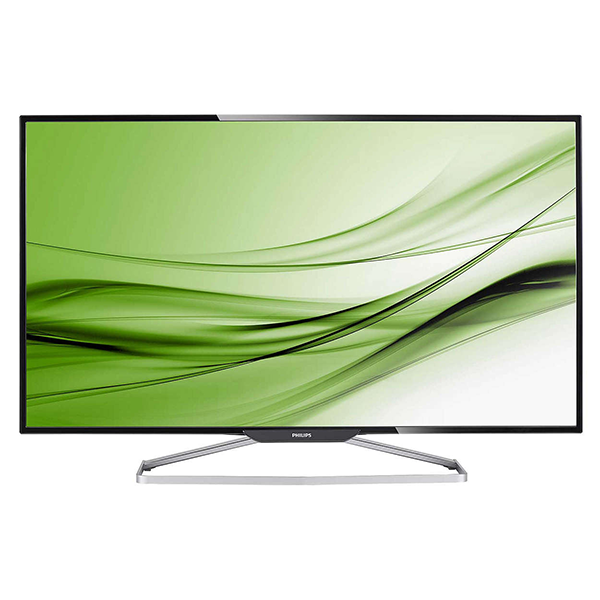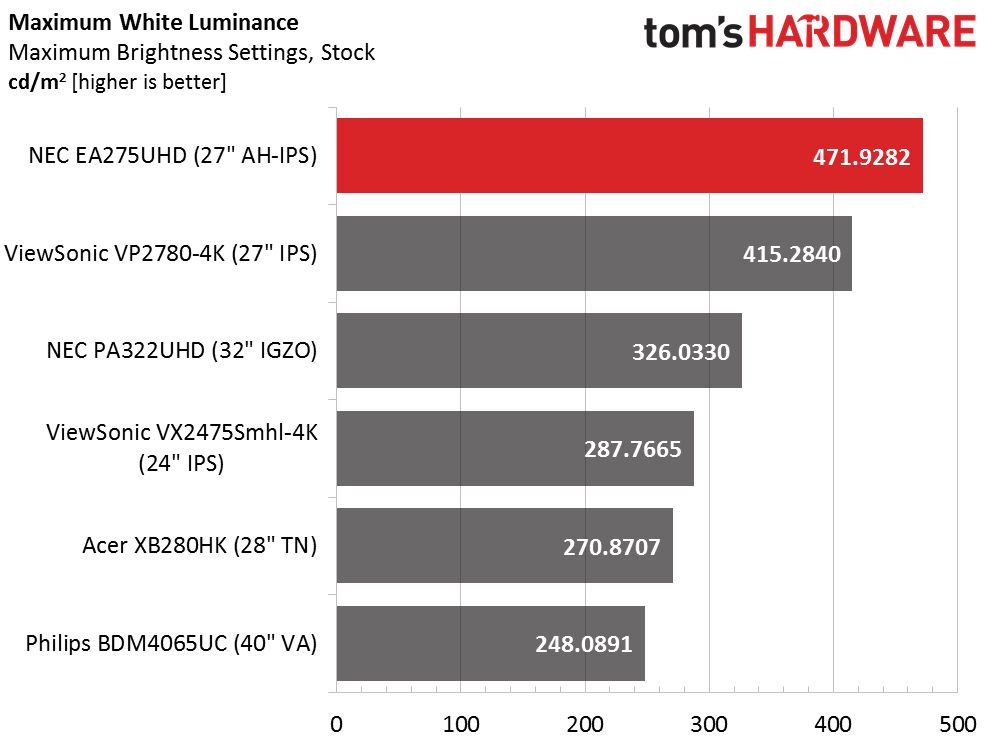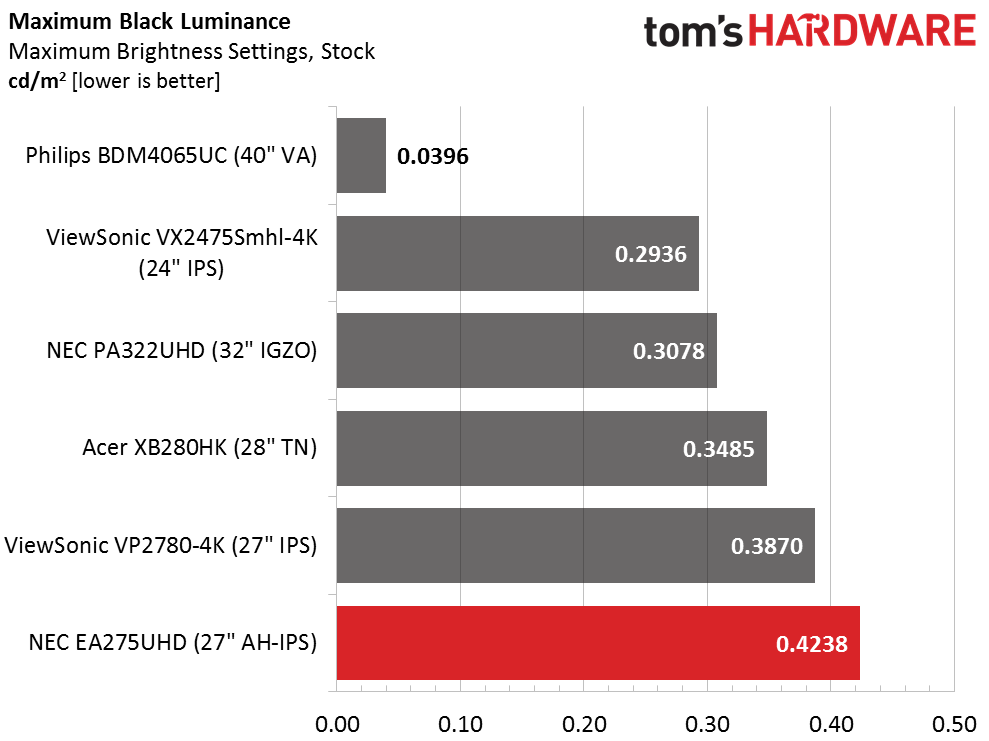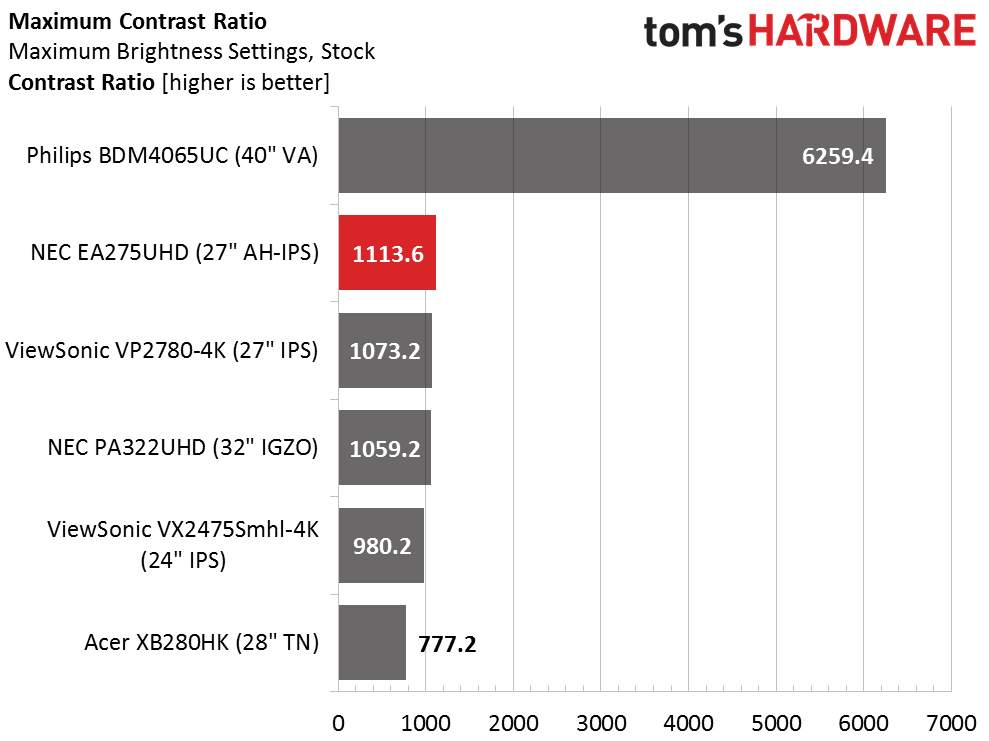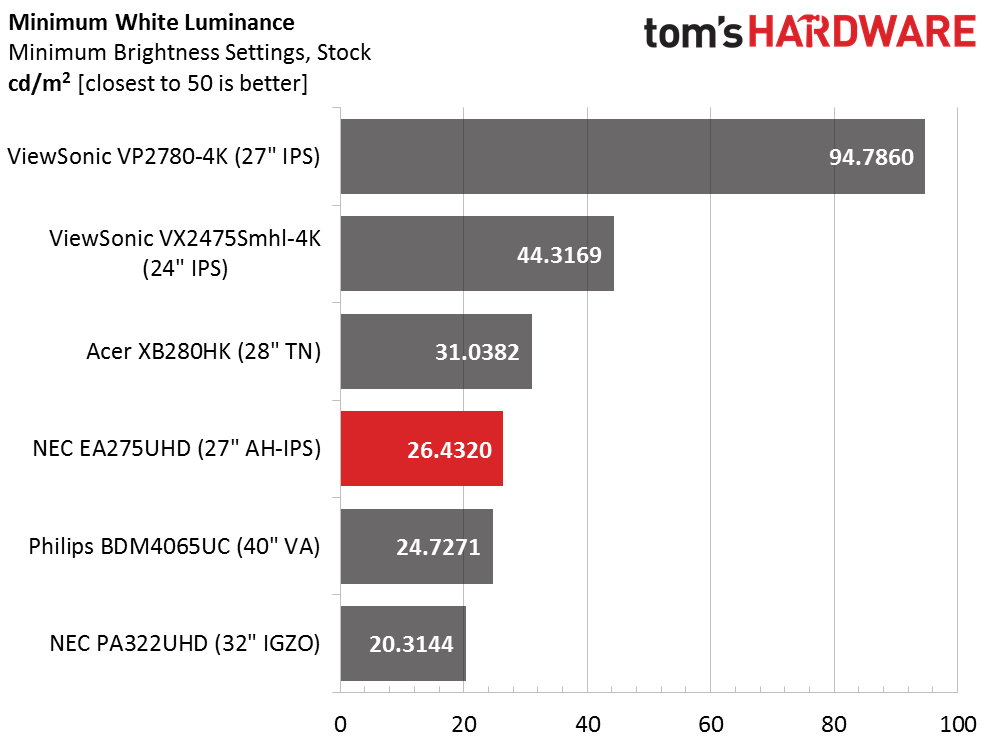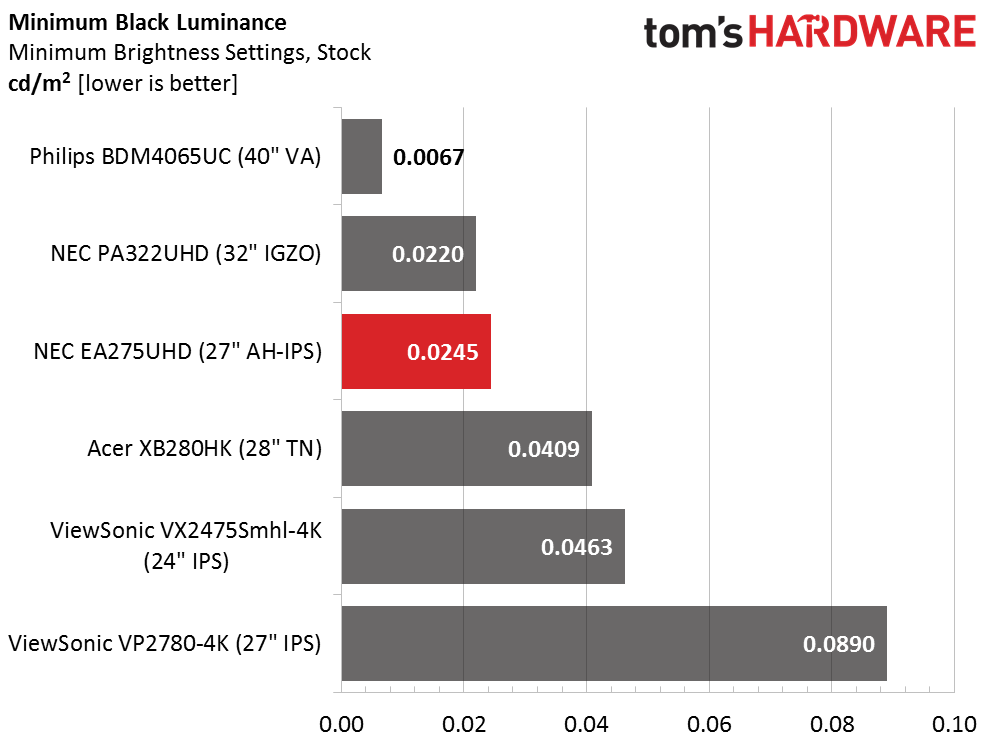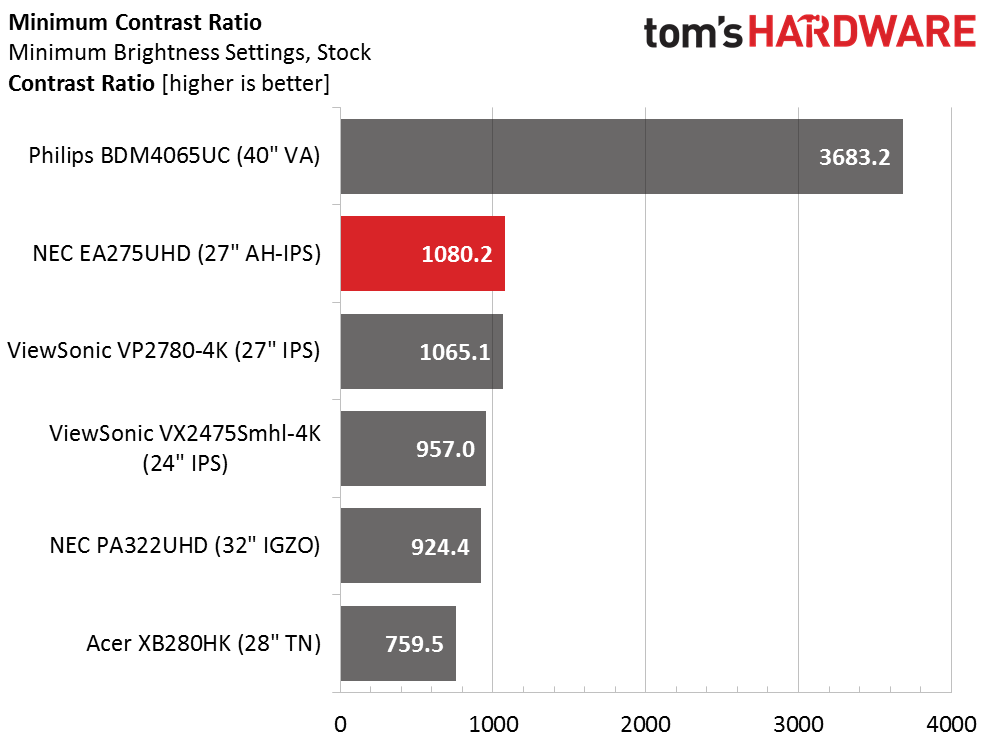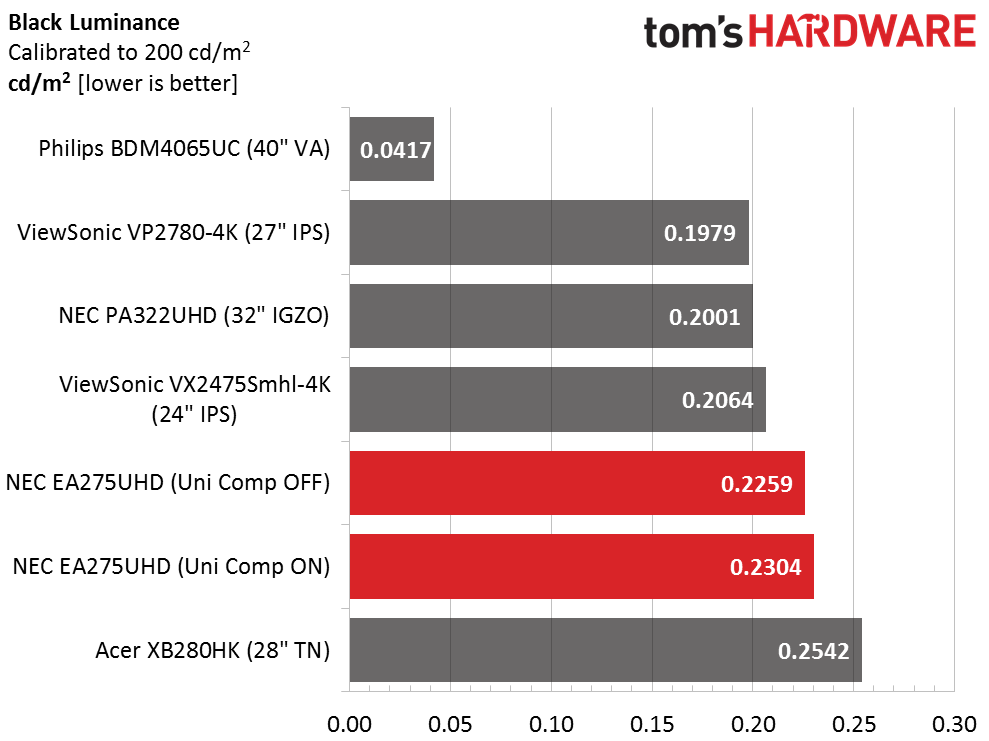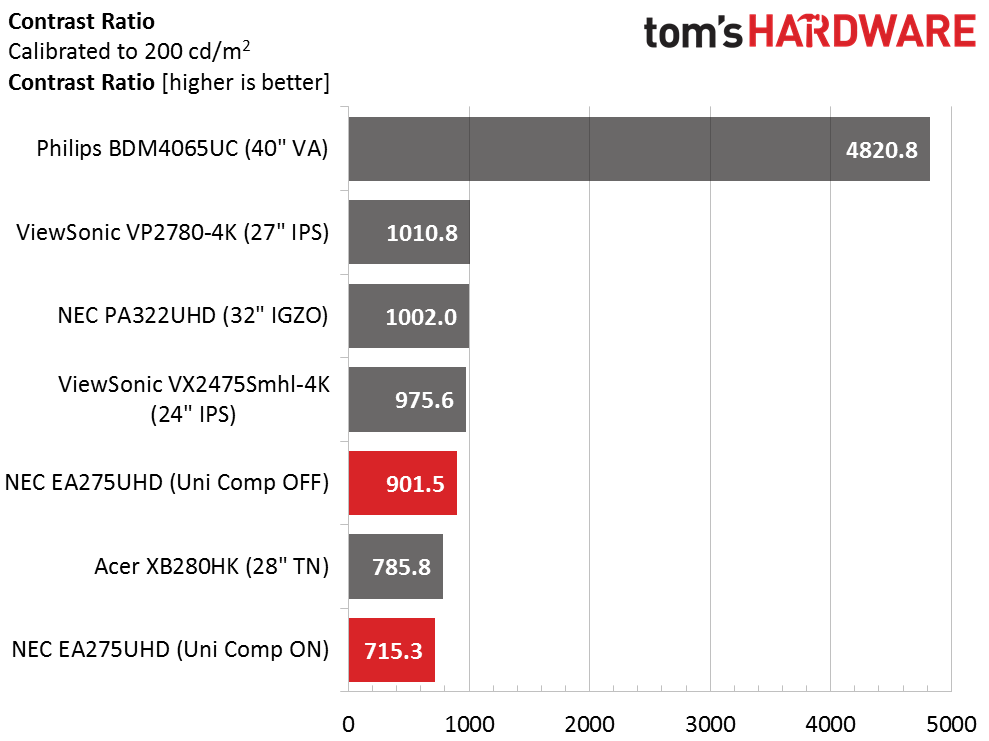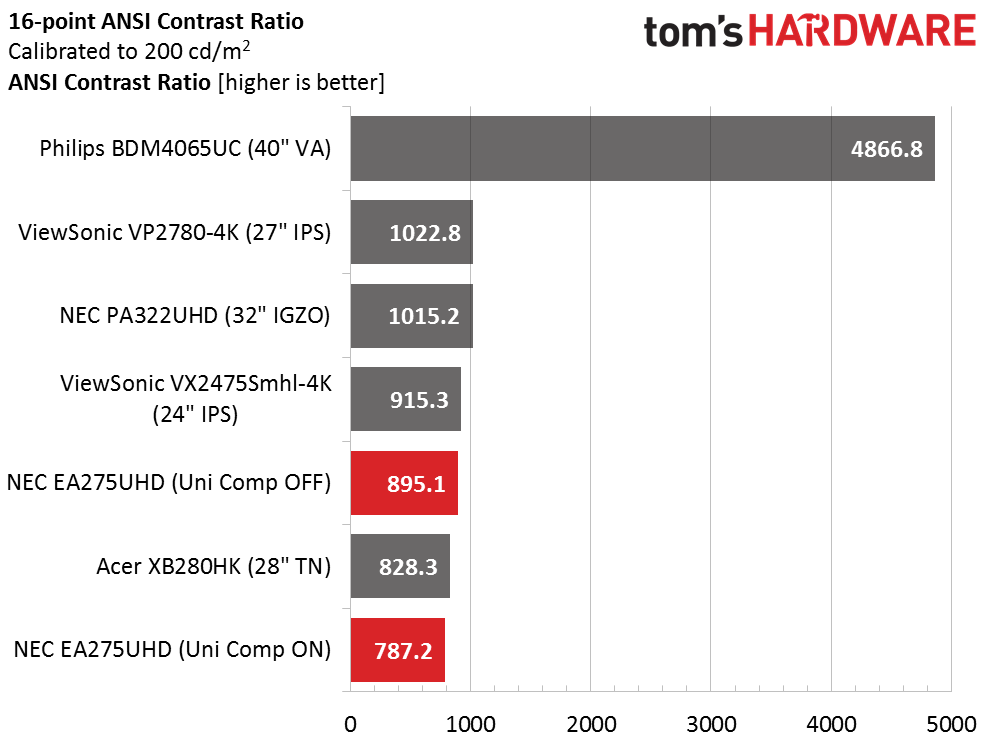NEC EA275UHD 27-inch UHD Monitor Review
NEC adds to its Ultra HD offerings with a 27-inch IPS model, the EA275UHD. Solid build quality and performance mark this enterprise-ready display.
Why you can trust Tom's Hardware
Brightness & Contrast
To read about our monitor tests in-depth, please check out Display Testing Explained: How We Test Monitors and TVs. Brightness and Contrast testing is covered on page two.
Uncalibrated – Maximum Backlight Level
Ultra HD monitors are available in several distinct flavors, 24 and 27-inch IPS, 28-inch TN and 32-inch IPS or IGZO. We’ve reviewed multiple examples of each so for today’s group we’re including NEC’s PA322UHD, ViewSonic’s VP2780-4K and V2475Smhl-4K, Acer’s XB280HK and the unique 40-inch Philips BDM4065UC, the lone VA example.
NEC claims a typical output of 350cd/m2 but it you need to light up the main street of a small town, the EA275UHD is up to the task. With over 470cd/m2, you can use this display outdoors on a location shoot even in bright sunlight. Luckily there’s plenty of range in the backlight to allow levels more appropriate for indoor use.
The super-bright backlight is the main reason for a high max black reading. Actual contrast is quite high as you’ll see in the next chart.
The Philips’ VA panel will likely crush the competition for some time to come. But the EA275UHD is the best of the rest. Only the best IPS panel can top 1100:1 and NEC has done that easily. This is one of the factors behind its clear and vivid image.
Uncalibrated – Minimum Backlight Level
NEC favors low minimum backlight output though this display doesn’t go as low as some of its others. The only drawback to this approach is that each click of the brightness slider represents at least 3-5cd/m2. That makes it a little harder to achieve a precise setting if you need it.
Of course a low black level is the natural result of a low minimum white value. It looks like the on/off contrast stays pretty consistent throughout the brightness range.
Get Tom's Hardware's best news and in-depth reviews, straight to your inbox.
The EA275UHD retains its second-place position in the minimum contrast test. Aside from the Philips, this display has the best contrast of any Ultra HD screen we’ve tested plus it beats most IPS panels regardless of resolution.
After Calibration to 200cd/m2
Since we adjusted a color mode that started at 7500K, the RGB sliders required more tweaking than usual. This results in a hit to both black levels and overall contrast. Here you can also see the results of the uniformity compensation feature. It’s pretty subtle but it does raise the black level slightly.
Our calibration knocks around 19-percent off the max contrast value. And engaging uni-comp reduces it by a further 20-percent. Given the excellent results we recorded with the feature off, we recommend only using it when absolutely necessary. There are variations between samples of course but given NEC’s top-notch quality control it’s hard to image needing the compensation in most situations.
ANSI Contrast Ratio
ANSI contrast stays pretty close to the calibrated on/off value which is a very good thing. Turning on the uniformity compensation drops the figure by 12 percent; an amount that’s hard to see in a side-by-side comparison. Based on all our contrast and luminance tests we’d say the best mode is sRGB. It has nearly perfect grayscale response and decent color gamut accuracy. And it keeps the contrast level above 1100:1. Calibration doesn’t produce much gain unless you need even finer tolerances for color and white point.
Current page: Brightness & Contrast
Prev Page OSD Setup & Calibration Next Page Grayscale Tracking & Gamma Response
Christian Eberle is a Contributing Editor for Tom's Hardware US. He's a veteran reviewer of A/V equipment, specializing in monitors. Christian began his obsession with tech when he built his first PC in 1991, a 286 running DOS 3.0 at a blazing 12MHz. In 2006, he undertook training from the Imaging Science Foundation in video calibration and testing and thus started a passion for precise imaging that persists to this day. He is also a professional musician with a degree from the New England Conservatory as a classical bassoonist which he used to good effect as a performer with the West Point Army Band from 1987 to 2013. He enjoys watching movies and listening to high-end audio in his custom-built home theater and can be seen riding trails near his home on a race-ready ICE VTX recumbent trike. Christian enjoys the endless summer in Florida where he lives with his wife and Chihuahua and plays with orchestras around the state.
-
deuce_23 This might be the one for me tho i would like a 32inch for gaming but 4k and HDMI cant really complain. It will nicely with my gtx 980ti. Now time to save! Whats that in Australian dollars?Reply -
oyoy Nice, nothing special, no serious news really to lighting up 2016. Good sRGB and great uniformity but RGB and color gamut are just faulty, that's a deal breaker ..maybe at $599. Will skip this one, waiting for better performance + price wise (Design + Little gaming here and there).Reply
Thanks for the review Christian Eberle -
thundervore NEC monitors are always great. Beats Dell and HP by a mile when it comes to their quality and performance to price. Even a nice height adjustable stand.Reply -
picture_perfect OK for photography & surfing. I don't think they are marketing it as a gaming monitor. Just as well unless you have a $1000 SLI set up to drive this excessive resolution. Low frame rates add persistence blur, stutter and lag,Reply -
epobirs I ordered one of these from Newegg today:Reply
http://www.lg.com/us/monitors/lg-27MU67-B-4k-uhd-led-monitor
It has Freesync, though the user doesn't go in for the games where the difference would make itself known. It's mainly to fill a gap in a household that has several devices that can drive 4K but no 4K displays on hand. I'm trying not to get my hopes overly high but it seems like a good unit for the price. -
erickw I’ve been the proud owner of an Eizo Flexscan 24”HD monitor for over 8 years (another monitor that was not really intended for gaming). Nonetheless, I’ve done a ton of gaming on this workhorse of a monitor (though not much in the way of fast paced shooters), along with many other applications. It has been an absolutely superlative gaming monitor, and I’ve long maintained that it makes virtually every other HD monitor I’ve seen pale in comparison. Depending on one’s specific needs (and pocketbook), monitors like this NEC can be excellent choices; even for gaming. I’m seriously looking at replacing my dearly loved (and hard to part wth) Eizo with this 4k beauty!Reply -
TwoMetreBill Keep in mind that for photo/video use, it is a QUADRO and not a GeForce that is needed for highest image quality. The GeForce is for gaming and not photo editing. For AMD I think the equivalent is the Pro series.Reply
In order to deliver a higher frame rate for gaming, the GeForce cuts off the rendering before it is complete.
